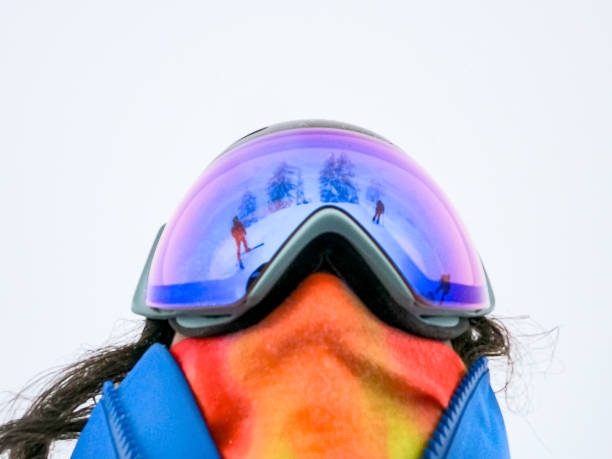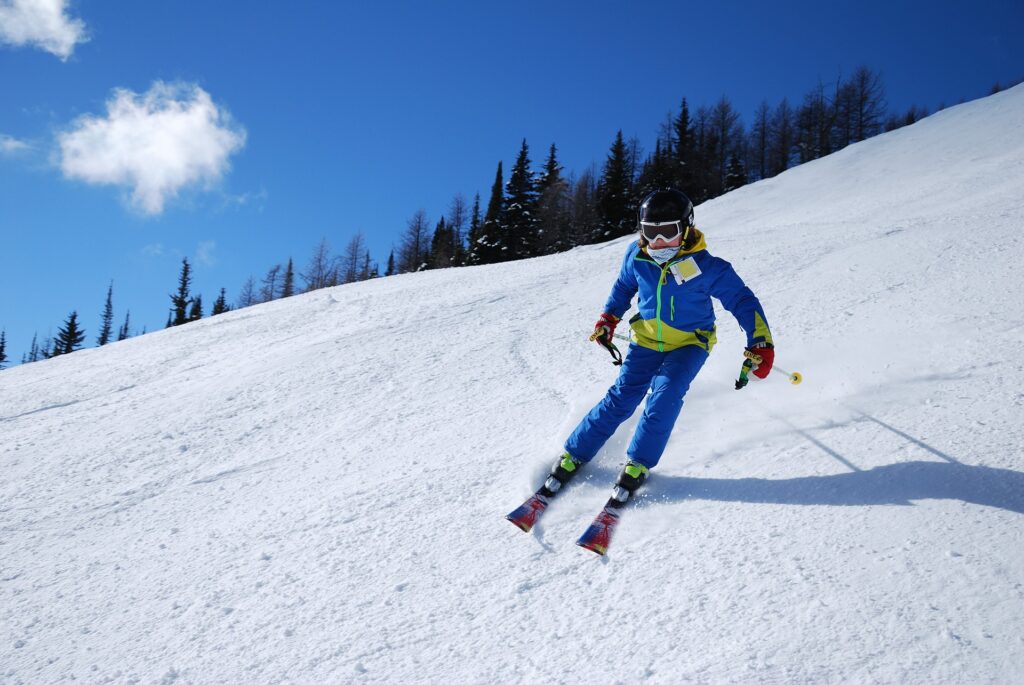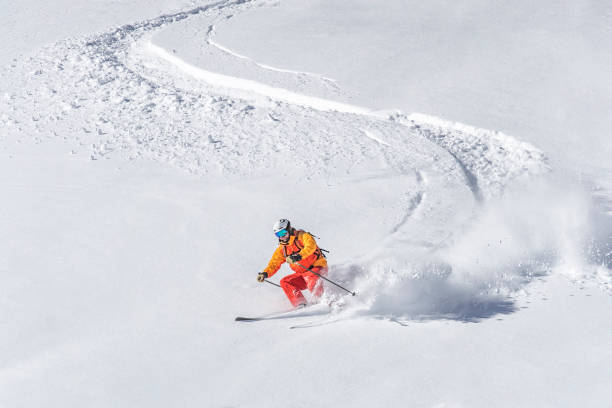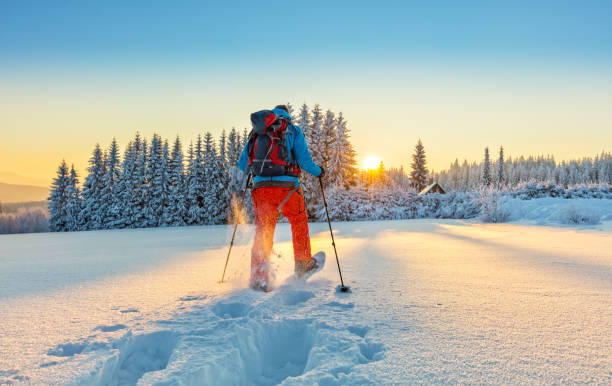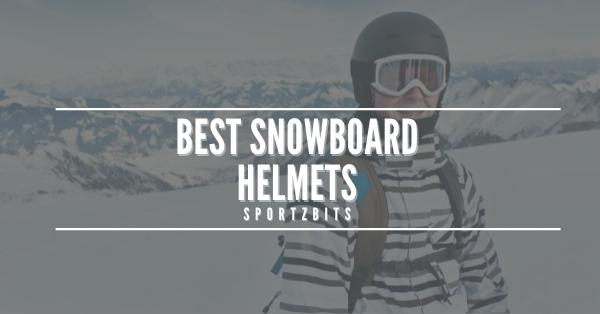People have distinct preferences in almost every area of life, with sports hobbies being a notably prominent example. Snowboarding showcases this perfectly as it offers an array of choices for customized gear and boards that match your unique riding style. However, for beginners who haven’t yet discovered their preferred snowboard type and riding style, understanding the differences between various snowboards and the experiences they offer is essential for making an informed choice.
Characteristics
There are different types of snowboards to choose from but how do you choose the one suitable for you? It’s easier to find what you need if you know the specifications and characteristics of each board and understand their differences.

Freeride Snowboards
If you like speed and thrill, a freeride snowboard is mainly designed to accommodate fast acceleration. The best freeride snowboard will take your head down as fast as possible from the top of the groomer.
Setback
It features a setback stance, with a longer nose and a shorter tail. To initiate a turn with a soft to sharp exit, it is equipped with a side cut for boosting you into the next white room.
Flex
To have a better edge hold – as required when riding fast, these snowboards have a medium to maximum stiffness. Solid snowboards such as these are built to withstand high speed coursing through rugged terrain ensuring a continuous thrill ride with an intact board.
Length
The length of the board also determines speed, edge hold, and stability when riding in deep snow. That’s why most free riders choose longer snowboards, ideally adding 2 to 5 more centimeters in length to your suited size.
Camber Profile
Freeride boards usually have a hybrid camber profile that has a camber to the tail and a rocker towards the nose. This camber profile helps in maintaining stability and edge hold. The tip designed with a rocker assists in floating in powder. This combination makes the freeride snowboards optimal for their purpose.
Base
Freeride board with sintered base maximizes the speed especially when the wax is added – perfect for its intention. This material glides easily on both flat sections and slightly upward terrain, as well as on the sticky slush and deep powder snow.
Shape
The freeride snowboard has a directional or tapered directional shape that is designed to go one direction downhill steep and slashing powder – not really for executing tricks. Nevertheless, this snowboard is still stable enough to be used on hard-packed trails.

All Mountain Snowboards
Versatility is what makes an all-mountain snowboard a choice for most snowboarders even beginners. With this gear, you can explore what type of terrain best suits you to ride.
Setback
All-mountain snowboard features a slight setback stance, with a directional and slightly deeper sidecut. You can take an all-mountain snowboard to ride groomers, head to the backcountry, and even do tricks at the park.
Flex
In stiffness, the all-mountain board has a medium-stiff flex to be able to accommodate any type of ride you want to do with it. Basically, everything you need from stability to speed, this board can definitely handle. However, due to its softer flex, a longer snowboard of this type won’t be able to execute tricks as it is less agile at a slower speed.
Length
All-mountain board’s length sits between the freeride’s and freestyle’s board length. Fundamentally, that’s what makes them all-mountain boards versatile to perform tasks such as spins, butters, and side hits without compromising the edge hold and stability.
Camber Profile
Most all-mountain boards are likely to be designed with hybrid profiles. Usually, it is equally spread between hybrid rocker, hybrid camber, and flat-to-rocker. But if you’re looking for a vigorous all-mountain snowboard, look for one that has more camber in the profiles.
Base
All-mountain boards can be found with sintered or extruded bases. Most beginners choose the ones with extruded bases for budget purposes – especially when one is still not sure to pursue snowboarding as a regular hobby. But, if you have the funds to get an all-mountain snowboard with sintered base, it will serve you well and get your money’s worth.
Shape
This type of snowboard comes with a shape option between directional twin shape, directional, and other shapes. It gives you an opportunity to choose which best suits your riding style. If you’re an energetic all-mountain snowboarder, it is recommended to use a board with a directional shape. Whilst a true twin-shaped board is suited for freestyle-oriented riders.
Rider Profiles
After exploring different types of snowboards and styles, it all goes down to what kind of rider you want to be. Do you seek a thrilling ride for an adrenaline rush? Or do you want to do all kinds of riding tricks and techniques? To have an idea, also explore the tasks of each rider type so you can decide which would inspire you to become.
Freeriders
Thrill-seekers, that’s what free-riders are. They love to go to the backcountry doing tree runs, steeps, riding chutes, and everything else in between to feel the adrenaline rush in their bodies. They like to ride and tackle challenging terrains.
All-Mountaineers
As versatile as their boards, all mountaineers want and will do every bit of snowboarding stuff that their board can support such as groomed runs, freestyling on mountains or the park, riding the pipe, and even what free-riders do.
Conclusion
Snowboarding offers a variety of riding possibilities and it is essential to get a snowboard that can support the tasks and the tricks you have in your repertoire. Freeride is all about getting from one point to another as fast as possible. It could help to have board features that cater to that. It provides excitement and an adrenaline rush to the rider. On the other hand, all-mountain is about getting the most out of the snow. All-mountain boards are versatile enough to tackle different riding activities without having the need for switchboards.
